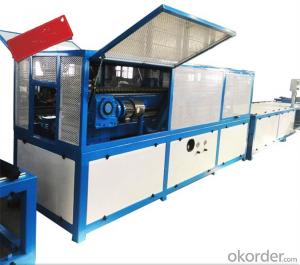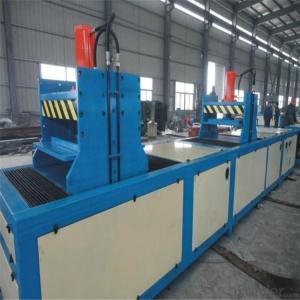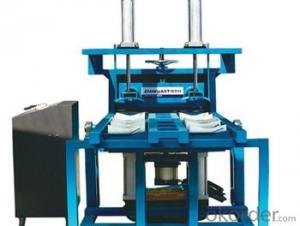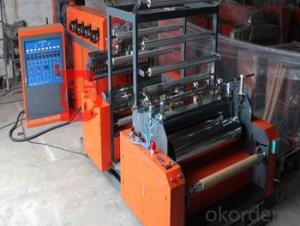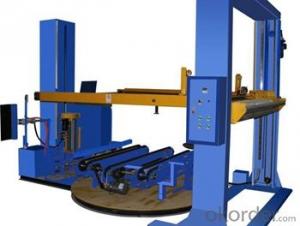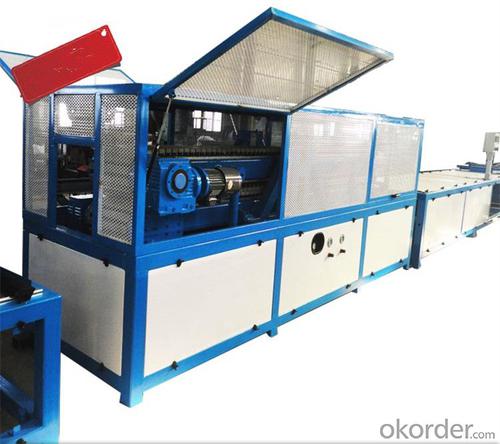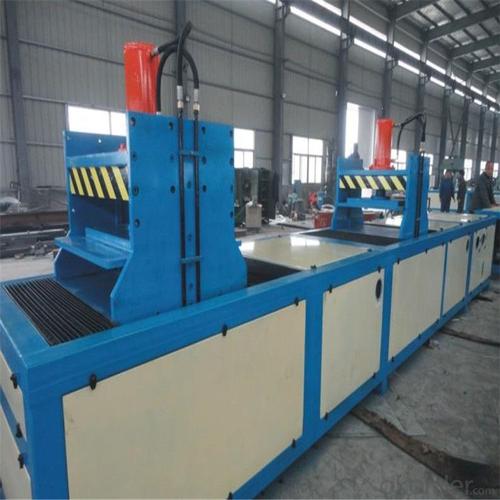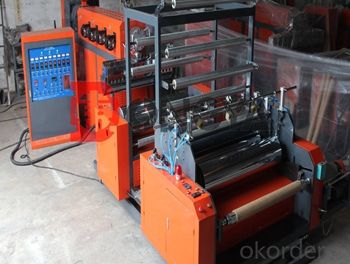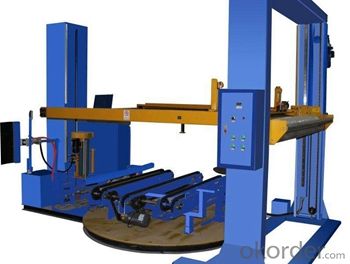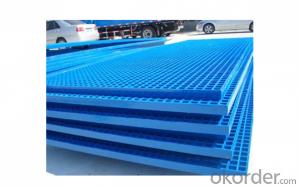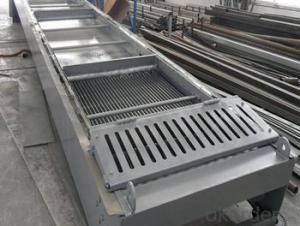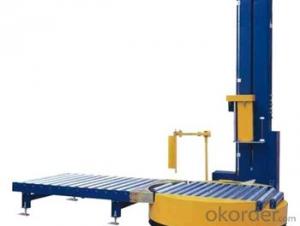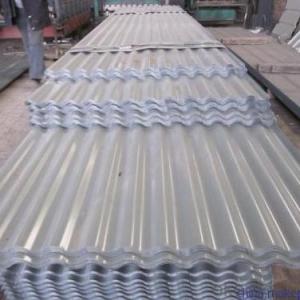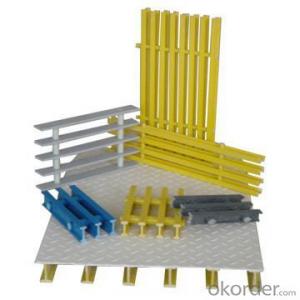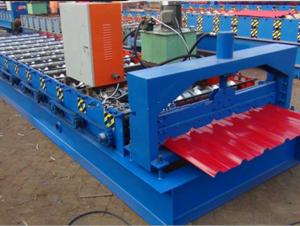FRP Pultrusion Profiles:FRP Pultruded Gratings with Excellent Electromagnetism Property and Best Quality of New Design
- Loading Port:
- Tianjin
- Payment Terms:
- TT OR LC
- Min Order Qty:
- 1 m.t.
- Supply Capability:
- 300000 m.t./month
OKorder Service Pledge
OKorder Financial Service
You Might Also Like
PRODUCT DESCRIPTION
Pultruded grating is made by a particular assembly process, which using “I” shape as its main load-bearing and special rod to go through the bearing bar. Pultruded grating include the standard grating and the custom grating, the custom grating can be designed to meet customer’s requirement or special using condition by changing the shape, size and space of the bearing bars, the surface can be covered with lozenge panel, grit panel, or added the anti-slippery sand directly.
FRP pultruded grating has the most characteristics of molded grating, but it has its distinct advantages, it has very high fiberglass content in the loading direction, so it has very high load capability, it has more superiority when used at wide span, so that the basic support will be decreased and the project cost will be reduced accordingly.
SPECIFICATION
The standard space between two crossbars is 6 inch or 12 inch.
Thickness (mm) | Bar width (mm) | Open space (mm) | Open rate (%) | Approx weight (kg/m |
25.4 | 15.2 | 22.8 | 60 | 13.2 |
25.4 | 15.2 | 15.2 | 50 | 15.9 |
25.4 | 15.2 | 10.1 | 40 | 18.5 |
25.4 | 40 | 10.8 | 21 | 14.5 |
38.1 | 15.2 | 22.8 | 60 | 15.8 |
38.1 | 15.2 | 15.2 | 50 | 19.1 |
38.1 | 15.2 | 10.1 | 40 | 22.4 |
50.8 | 25.4 | 25.4 | 50 | 16.6 |
50.8 | 25.4 | 12.7 | 33 | 21.1 |
FEATURES
a. Anti-corrosion and anti-rust
b. Light weight and high strength
c. Anti-flammable
d. Anti- fatigue
e. Safe and anti-slippery
f. Anti-ageing
g. Easy of maintenance
h. Excellent electromagnetism property
i. Good economic benefit
FIELDS SERVED
Sewage treatment,
water supply and drainage,
chemical industry,
oil industry,
power engineering,
pulp and paper,
construction engineering,
spinning, marine engineering.
APPLICATION
Operation terrace,
stair walkway,
ground floor,
trench cover,
sidewalk,
foot bridge,
equipment safety fence,
scaffold.
COMPANT DESCRIPTION
CNBM,China National Building Materials Group is a state-owned enterprise in charge of administrative affairs in china building materials industry. Established in 1984, CNBM is a large group corporation of building materials with total assets of 25 billion RMB and a total staff of 30,000.CNBM now owns 200 subordinating firms of solely owned and joint-venture companies.
CNBM International Corporation is one subsidiary of CNBM, we focus on offering good-quality products,professional service and complete solution to our customers. Strong delivery capacity, advanced technology& management, strong financing capability and excellent after-sale service are our advantages in sharing international market.
FAQ
Q1.What's your sample policy?
A:We can supply the sample if we have ready parts in stock, but the customers have to pay the courier cost.
Q2.Can you produce according to the samples?
A: Yes, we can produce or modify the products according to your request.
Q3.How do you deliver the goods to my country?
A:We can provide international express, such as DHL, EMS, UPS, FedEx, etc. We select air freight and sea freight upon your requests. Quotations if without mentioning the shipping costs are shipping fee excluded.
Q4.How much does it cost to ship to my country?
A:When you goanna to place an order, please contact us, because different country has different freight.
Q5.How to get the catalogue?
A:please contact us and tell us what you are looking for.
We will try our best to meet customers' demands. Welcome you come here to visit us. We sincerely welcome partners around the world to establish business cooperation with us on the basis of mutual trust, benefit and development.
PICTURES
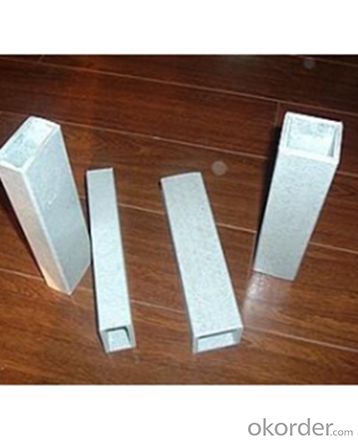
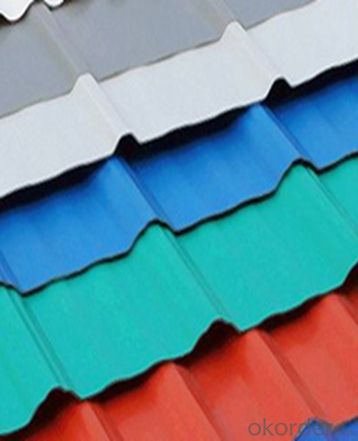
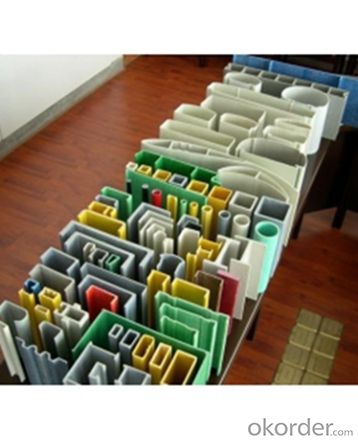
- Q: What is the lifespan of FRP pultrusion profiles?
- The lifespan of FRP (Fiber Reinforced Polymer) pultrusion profiles can vary depending on several factors. Generally, FRP pultrusion profiles have a long lifespan and are known for their durability and longevity. One key factor that influences the lifespan of FRP pultrusion profiles is the quality of the materials used in their construction. High-quality FRP materials, such as those made with premium resins and high-strength fibers, tend to have a longer lifespan compared to lower-quality materials. Additionally, the environmental conditions in which the FRP pultrusion profiles are installed can impact their lifespan. Exposure to extreme temperatures, moisture, UV radiation, chemicals, and mechanical stresses can all affect the performance and lifespan of FRP profiles. Therefore, proper installation and maintenance are crucial to ensuring their longevity. When properly designed, manufactured, and installed, FRP pultrusion profiles can have a lifespan ranging from 25 to 50 years or even longer. However, it is important to note that this estimate can vary depending on the specific application, the level of exposure to harsh conditions, and the overall care and maintenance of the profiles over time. Regular inspections, cleaning, and repairs, if necessary, can help extend the lifespan of FRP pultrusion profiles. Consultation with manufacturers or industry experts can provide more specific information on the expected lifespan of FRP profiles for a particular application or environment.
- Q: Can FRP pultrusion profiles be used in agricultural structures?
- Yes, FRP pultrusion profiles can certainly be used in agricultural structures. They offer several advantages such as high strength-to-weight ratio, corrosion resistance, and durability, making them suitable for various applications in the agricultural industry. These profiles can be used in structures like greenhouse frames, livestock enclosures, support beams, fencing, and other agricultural infrastructure.
- Q: Are FRP pultrusion profiles resistant to earthquakes?
- FRP pultrusion profiles have inherent properties that make them resistant to earthquakes. The composite material used in these profiles offers high strength and stiffness, allowing them to withstand seismic forces and vibrations. Additionally, FRP is lightweight, which reduces the load on structures during an earthquake. However, it is important to note that the overall seismic resistance of a structure depends on various factors, including design, installation, and the specific application of the pultrusion profiles. Therefore, proper engineering and design considerations are crucial to ensure optimal earthquake resistance.
- Q: Do you have any high temperature resistant resin made of pultruded glass fiber reinforced plastic?
- High temperature resistant resin heding sculpture factory used, can reach 300 degrees, you can go to Baidu or Taobao to find sellers. It seems that the material suppliers in Guangdong are selling, and they are all made of glass fiber reinforced plastic sculptures. The weather resistance is better.
- Q: Are FRP pultrusion profiles resistant to electrical arcing?
- Generally, FRP pultrusion profiles exhibit resistance to electrical arcing due to their composition of non-conductive materials such as fiberglass reinforced plastic. By not conducting electricity, these profiles prove to be an optimal choice when concerns arise regarding electrical arcing and conductivity. Nevertheless, it is crucial to acknowledge that the extent of their resistance to electrical arcing may differ based on the unique composition and design of the FRP pultrusion profiles. Therefore, it is advisable to consult the manufacturer or supplier of the profiles to ensure they meet the specific electrical resistance standards required for a given application.
- Q: Are FRP pultrusion profiles resistant to chemicals used in agricultural applications?
- Yes, FRP (Fiber Reinforced Polymer) pultrusion profiles are highly resistant to chemicals used in agricultural applications. FRP pultrusion profiles are made from a combination of reinforced fibers and a polymer resin matrix, typically polyester or vinyl ester. These materials provide excellent resistance to a wide range of chemicals commonly used in agriculture, such as fertilizers, pesticides, herbicides, and various acids. The inherent corrosion resistance of FRP pultrusion profiles makes them a preferred choice in agricultural applications where exposure to chemicals is common. Unlike traditional materials like wood, steel, or concrete, FRP profiles do not deteriorate or degrade when exposed to aggressive chemicals. This resistance ensures that the profiles maintain their structural integrity and performance over a long lifespan, even under harsh agricultural conditions. Furthermore, FRP pultrusion profiles offer superior resistance to corrosion, moisture, UV radiation, and temperature fluctuations. These properties make them highly durable and suitable for a wide range of agricultural applications, including structural supports, fencing, grating, decking, and irrigation systems. It is important to note that while FRP pultrusion profiles are highly resistant to chemicals, they may still experience some level of degradation or staining when exposed to extremely concentrated or highly aggressive chemicals. Therefore, it is recommended to consult with the manufacturer or supplier to ensure that the specific chemicals used in the agricultural application are compatible with the chosen FRP pultrusion profiles.
- Q: Are FRP pultrusion profiles suitable for the manufacturing of antenna masts?
- Yes, FRP pultrusion profiles are suitable for the manufacturing of antenna masts. FRP pultrusion profiles offer several advantages such as high strength-to-weight ratio, corrosion resistance, and excellent electrical insulation properties. These characteristics make them ideal for antenna mast construction, as they can withstand various environmental conditions and provide reliable support for antennas.
- Q: Are FRP pultrusion profiles resistant to chemicals used in power plants?
- FRP pultrusion profiles are generally resistant to chemicals commonly used in power plants, such as acids, alkalis, solvents, and corrosive gases. These profiles possess excellent chemical resistance properties, which make them suitable for various industrial applications, including power plants. However, the level of chemical resistance may vary depending on the resin matrix and the specific chemicals to which they are exposed. To ensure that the FRP pultrusion profiles meet the chemical resistance requirements in a power plant environment, it is essential to consult with the manufacturer or supplier regarding the specific resin matrix and formulation used.
- Q: What types of materials are commonly used in FRP pultrusion?
- The manufacturing process of FRP pultrusion involves pulling continuous fibers through a resin bath and then through a heated die, resulting in a composite material with high strength and stiffness. Different types of materials are commonly used in FRP pultrusion, depending on the specific application and desired properties. 1. Fibers: Fiberglass (glass-reinforced polymer) and carbon fibers are the most commonly used in FRP pultrusion. Fiberglass is cost-effective, lightweight, and offers good strength and corrosion resistance. Carbon fibers, on the other hand, are more expensive but provide exceptional strength, stiffness, and lightweight properties. 2. Resins: The resin matrix used in FRP pultrusion provides rigidity and protection against environmental factors. Polyester resin is the most commonly used due to its low cost, ease of handling, and good mechanical properties. Vinyl ester resin is another popular choice, offering improved chemical resistance and heat tolerance compared to polyester. Epoxy resin is used when high strength and durability are required. 3. Additives: The resin matrix can be enhanced with various additives to improve specific properties of the FRP pultruded product. UV stabilizers are commonly used to protect against ultraviolet degradation. Flame retardants can be added to increase fire resistance. Other additives like pigments, fillers, and mold release agents may also be used to achieve desired aesthetics and processing characteristics. By selecting the appropriate combination of fibers, resins, and additives, FRP pultrusion can produce a wide range of composite materials with tailored properties to meet specific application requirements. This versatility in material selection is one of the key advantages of FRP pultrusion, making it suitable for industries such as construction, infrastructure, aerospace, automotive, and marine.
- Q: Are FRP pultrusion profiles resistant to chemicals used in power plants?
- Yes, FRP (Fiber Reinforced Polymer) pultrusion profiles are generally resistant to the chemicals commonly used in power plants. FRP composites are known for their excellent chemical resistance properties, making them suitable for a wide range of industrial applications including power plants. The specific chemical resistance of FRP pultrusion profiles can vary depending on the resin matrix used and the specific chemicals they are exposed to. However, in most cases, FRP pultrusion profiles are resistant to chemicals such as acids, alkalis, solvents, and corrosive gases commonly found in power plants. It is important to consult with the manufacturer or supplier of FRP pultrusion profiles to ensure that the specific resin matrix and formulation used meets the requirements for chemical resistance in a power plant environment.
Send your message to us
FRP Pultrusion Profiles:FRP Pultruded Gratings with Excellent Electromagnetism Property and Best Quality of New Design
- Loading Port:
- Tianjin
- Payment Terms:
- TT OR LC
- Min Order Qty:
- 1 m.t.
- Supply Capability:
- 300000 m.t./month
OKorder Service Pledge
OKorder Financial Service
Similar products
Hot products
Hot Searches
Related keywords
